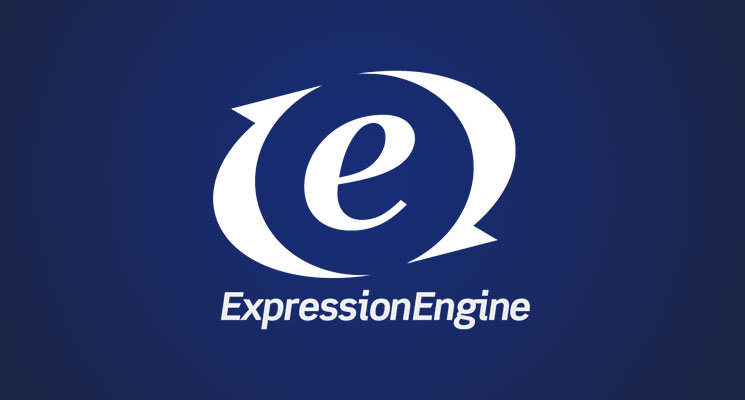A Simple Guide to Installing Expression Engine

As an art director and frontend developer at Papercut, I mainly work on the parts of site you see and interact with. I get to make sure every little picture, button, and line of text is easy for you to see and access from a tiny mobile device all the way up to a gigantic screen. I work closely with backend developers who take over the project to easily store and manage the data you are accessing on the site.
At Papercut, we use a really friendly and easy content management system called Expression Engine. Expression Engine can handle a super simple site by managing pages of content or it can be added on to create highly complex projects that can manage products, purchasing, or anything you might dream up.
In my day to day, I am always trying to learn anything I can to help someone out and also to inform how I do things to make our process more efficient and, well, fun! As of late, I have been learning more and more about Expression Engine, and I want to walk you through a very simplified process of installing it.
The Steps
Let’s relate installing Expression Engine to moving.
First, there are a few things you need to do to be able to make a website. You need to buy a domain name and also purchase hosting. A domain is simply the name of your site, like “websites.com” or “papercutinteractive.com.” This is where you want people to find you. In moving terms, this is your new address.
Next, there is hosting. This is like rent. If you want to live somewhere but don’t want to buy that property, you usually have to pay rent to stay there. So, a hosting provider is kind of like a landlord—it is a company you pay so your website can rent space on their servers.
After you have your domain and hosting, you will be able to access your site through an FTP (file transfer protocol) program. This allows you to put information, data, and files onto your website. So, this is kind of like the key to your apartment; it allows you to go in and out.
Ok, so once you get to your new apartment, there isn’t anything there, right? There might be a refrigerator, oven and maybe a washer/dryer if you are lucky! So, now we need to put some stuff in there. Expression Engine needs what is called a database to talk to in order to start to creating pages on your site. The database will store information for you and populate pages with what you want to show on them. It allows people to interact with your site. You can create a new database by logging into your hosting account. Now, we can start to put stuff in our website and know that it will be stored away correctly.
Next, we need to download the latest version of Expression Engine. Go to ellislabs.com/expressinengine and download a fresh copy. When you download this package and open it, you will notice a bunch of different folders and files in there. You can look at them, but don’t stress too much. We aren’t going to mess with that at all really.
Open your website using your FTP, navigate to the root of your website, and simply drag over all of the files in the Expression Engine package you downloaded into your FTP. Next, we need to actually install Expression Engine. We can go to ourwebsite.com/admin.php and a neat, easy little installer will come up for us. This where we tell it what we called our database and how we want to log in to edit our new website. So all of this is like getting your lights turned on, water working, maybe even some high speed Internet in there? This is all the background stuff we need to live or function comfortably. It makes our lives a whole heck of a lot easier!
That is pretty much it in a VERY simple little nutshell. For the nitty gritty details, simply follow these instructions.
Don’t Be Afraid to Learn!
Expression Engine is a very well supported tool backed by a great community. Have questions? No problem, just ask! Also, always remember that Google is your best friend when learning anything web related. If you are having trouble, I bet plenty of other people have had the same issue and the answer is on Google somewhere!
